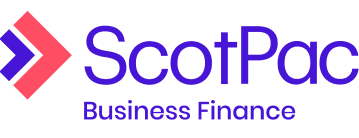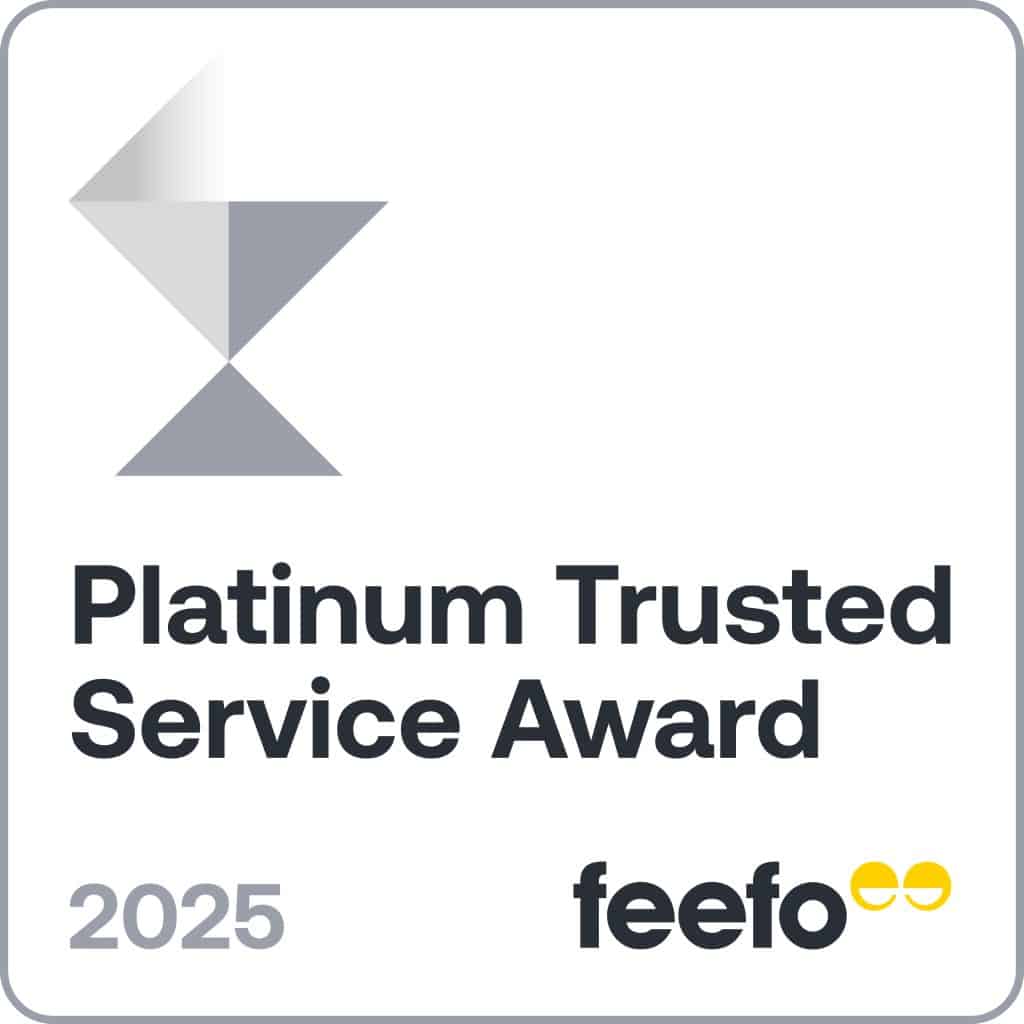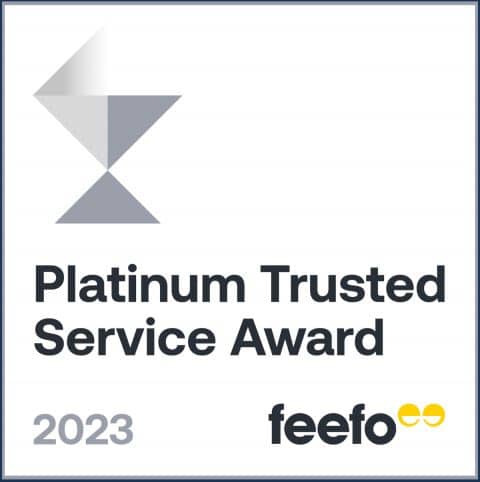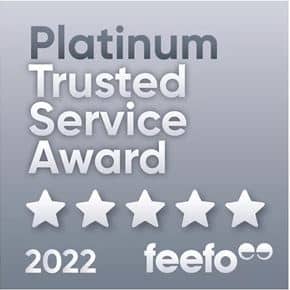Refinancing your business loan is a relatively simple process. You essentially pay off your previous loan with a new one you’ve applied for, enabling you to take on its repayments instead. This is done by many business owners repaying small business loans if they’re not fully content with their current loan deal and are looking to move to another with more favourable terms, whether they be lower interest rates and fees or added features which may appeal to them.
Why apply for a business loan with Savvy?
Expert brokers
You can speak with one of our specialist commercial brokers who can walk you through a range of loans to best suit your company's needs.
Over 40 lending partners
You can compare business loan offers, through a range of trusted lenders, maximising your chances of a great rate.
Fast online process
You can fill out our simple online form to generate a free business finance quote within minutes. You can also come back to it at any time.
Business lenders you can compare







What are the benefits of refinancing business debt?
There are many reasons why a business might seek out a refinance from its existing loan deal. Some of the main motivating factors which may lead to a business owner seeking out a better business include:
Accessing lower rates and fees
Perhaps the most common and clear benefit of refinancing is to access a cheaper loan deal. Lenders strive to offer competitive and flexible products all the time, so it’s not uncommon to see one come along whilst you’re repaying your current loan debt. If your business’ financial situation and credit score have improved over the course of your loan repayments, you might be in a position to take advantage of a lower rate and more favourable terms than your current deal, particularly if your business was in its infancy at the time of your loan.
Consolidate existing debts
Many businesses will have a number of debts to juggle at any given time, which can range from other credit arrangements to expenses relating to the purchase of inventory to rent and utility bills. Because of this, it can often be a sensible option to consolidate multiple debts under one roof to make them more manageable. If some or all of these debts come with steep interest attached, it can also be highly beneficial to combine them into one payment at a lower rate on the same pay cycle.
Increasing your loan amount
You may be in the middle of repaying your business loan debt and suddenly require a boost to your available revenue. In cases like these, many owners will seek out a loan refinance to take advantage of the equity built up in their business over their time operating it. Equity is calculated by subtracting your business’ liabilities (outstanding debts) from the value of its assets, which will grow over time as you pay off your initial loans.
Extending your loan term
If expenses are beginning to mount on your business, or are simply looking to open up greater cashflow, you can refinance your current loan amount to be repaid over a longer term. Doing so will decrease your monthly repayments, giving you more breathing room to distribute your business’ available funds and ease some of the pressure brought on by the commitment of repaying your loan.
Removing a secured asset
Finally, if your home or another personal asset is currently being used as collateral for your loan and your business has since found itself in a position to borrow without it, you can switch from a secured to an unsecured loan. While there’s not even a remote risk of losing your asset if you’re able to keep on top of your repayments, you may have greater peace of mind if your property isn’t connected to your finance deal in any way.
However, a primary consideration when refinancing is the fees associated with paying out your initial loan early. This is more likely to affect you if you’re switching between lenders, but you should always be thorough in checking whether the fees you’d pay in the refinancing process partially or fully cancel out the benefit of refinancing in the first place.
Types of business finance
WHAT OUR CUSTOMERS SAY ABOUT THEIR FINANCE EXPERIENCE



Savvy is rated 4.9 for customer satisfaction by 6324 customers.
The business loan refinance process
-
Compare options in the market
Thoroughly compare your options with Savvy online before committing to the refinance. This is to make sure you’re able to access a better deal than the one you’re currently on. Once you’ve chosen your loan and lender, you can commence the application process.
-
Gather the required documents
If you’re refinancing with the same lender, you probably won’t need to resubmit the same documents. If you’re switching to a new lender, though, you’ll need to supply your driver’s licence or passport, ABN/ACN and GST registration, business bank details, records of your rent and business financials such as a business plan, tax returns, balance sheets, profit and loss statements and your ATO ICA details (usually for larger loans beyond $250,000)
-
Submit your application
Once you’ve collected all the required documents, you can fill out your lender’s application form and send it off in a matter of minutes.
-
Receive an outcome
Your lender will let you know whether your application was successful a short time thereafter, with approvals available on the same day you apply. They’ll send through your final loan contract, which you can sign electronically and return.
-
Pay out your old loan and start your new one
Once your deal has been confirmed, you’ll receive your funds, which you can use to repay your previous lender (if you’re starting with a new one). However, some lenders may be able to pay your old lender directly, allowing you to begin your loan repayments without hassle within the month.
Crunch the numbers
with our business loan repayment calculator
Your estimated repayments
$98.62
| Total interest paid: | Total amount to pay: |
| $1233.43 | $5,143.99 |
Business loan eligibility and documentation
Eligibility
-
Age
You must be at least 18 years of age
-
Residency
You must be an Australian citizen or permanent resident (or, in some cases, an eligible visa holder)
-
ABN registration
Have an ABN registered in your name (available from as soon as one day after registration)
-
Usage
Meet business usage requirements (at least 51% of any asset you buy, for example)
-
Credit score
You must meet your lender’s minimum personal and business credit score requirements
-
Commercial asset
If you're buying an asset with a secured loan, it must meet your lender’s requirements in relation to its type, age and condition
Documents
-
Personal information
Such as your full name, date of birth, address and contact details
-
Driver's licence
Front and back (or another form of government-issued ID)
-
Assets and liabilities
Information about your business’ assets and liabilities, as well as those in your name
-
Asset details
If buying an asset, information such as its model and age, is worthwhile having on hand
-
Business statements
Business Activity Statements (BAS) and business bank statements may be requested, but not always











